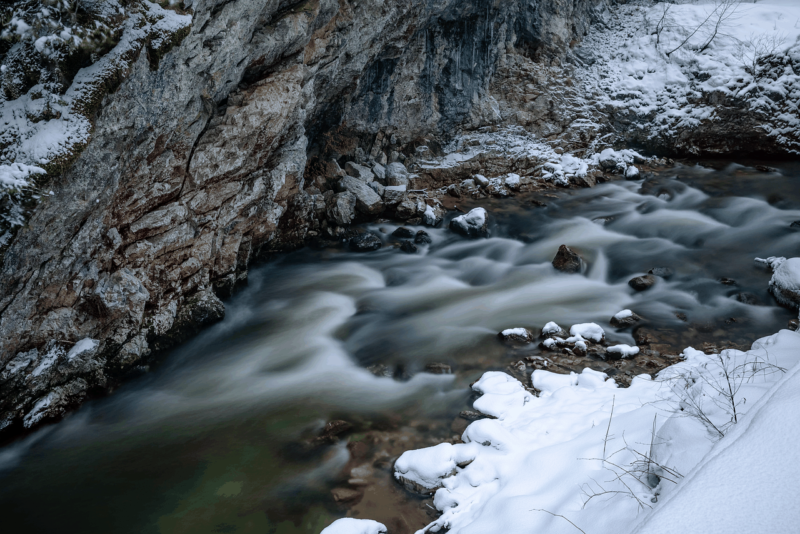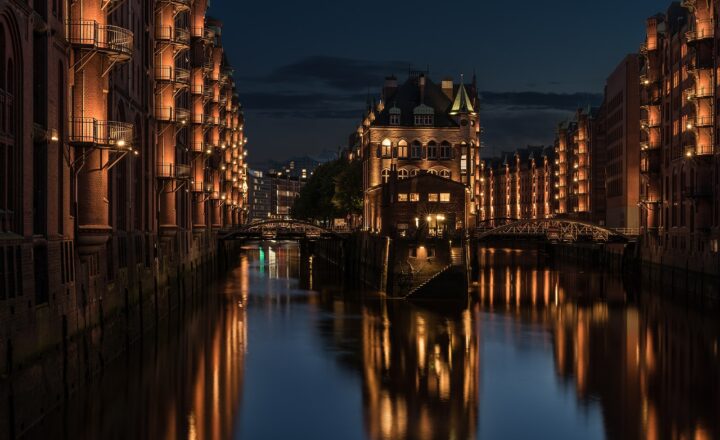The World’s Longest Rivers and the Incredible Journeys They Embark On
November 14, 2024

Rivers have long captivated humanity with their beauty, power, and the vital resources they provide. They are not only essential for sustaining life on Earth but also tell stories of the landscapes they traverse and the civilizations they support. This article explores the world’s longest rivers and the incredible journeys they undertake from their sources to their mouths.
1. The Importance of Rivers
Rivers are lifelines for many ecosystems and human communities. They provide:
- Water Supply: Freshwater resources are vital for drinking, agriculture, and sanitation.
- Transportation: Rivers have historically served as highways for trade and travel, connecting different regions and cultures.
- Habitat: Many aquatic and terrestrial species depend on rivers for their habitats and food.
- Cultural Significance: From mythology to art, rivers are deeply woven into the cultural fabric of civilizations.
Understanding the journeys of the longest rivers highlights their environmental and cultural significance in our world today.
2. The Mighty Nile: 6,650 km
The Nile is synonymous with ancient civilization, especially Egypt, which flourished along its banks. Spanning approximately 6,650 kilometers, it flows north from its sources in East Africa through eleven countries before emptying into the Mediterranean Sea.
Journey of the Nile:
– Sources: The Nile is formed by two major tributaries: the White Nile, originating from Lake Victoria, and the Blue Nile, which starts at Lake Tana in Ethiopia.
– Major Cities: Among the cities relying on the Nile are Khartoum, Cairo, and Alexandria. The river has been crucial in supporting agriculture, particularly in Egypt’s arid climate.
– Biodiversity: The Nile is rich in biodiversity, home to various species, including the iconic Nile crocodile and numerous fish species.
The Nile remains a symbol of life, resilience, and cultural heritage in the regions it flows through.
3. The Amazon: 6,400 km
The Amazon River is the lifeblood of the South American rainforest, spanning roughly 6,400 kilometers and holding the title of the largest river by discharge volume. It flows from the Andes Mountains through Brazil, Peru, Colombia, and several other countries, eventually reaching the Atlantic Ocean.
Journey of the Amazon:
– Sources: The Amazon begins in the Peruvian Andes, where several tributaries converge to form the river.
– Ecological Significance: The Amazon basin is one of the most biodiverse regions on the planet, housing millions of species, many of which are not found anywhere else.
– Cultural Impact: Many indigenous communities live along the river, relying on it for food, transportation, and cultural identity.
The Amazon carries the weight of global ecological health, and its protection is vital for combating climate change.
4. The Yangtze: 6,300 km
The Yangtze River is the longest river in Asia, stretching about 6,300 kilometers. It plays a crucial role in China’s economy, culture, and agriculture. It flows from the Tibetan Plateau to the East China Sea.
Journey of the Yangtze:
– Sources: The Yangtze originates in the Tanggula Mountains of Tibet.
– Economic Lifeline: The river supports shipping and trade, linking major cities like Chongqing and Shanghai.
– Environmental Challenges: The Yangtze faces significant pollution and habitat loss, affecting its unique ecosystems and communities.
The Yangtze continues to influence Chinese culture, from ancient practices to modern commerce.
5. The Mississippi-Missouri: 6,275 km
The Mississippi-Missouri system, approximately 6,275 kilometers long, is the longest river system in North America. It flows through various states from its sources in Montana to the Gulf of Mexico.
Journey of the Mississippi:
– Sources: The Missouri River is the principal tributary, starting in the Rocky Mountains and flowing into the Mississippi River.
– Cultural Heritage: The river has played a vital role in American history, serving as a route for exploration, trade, and transportation.
– Ecological Significance: The Mississippi River basin is vital for wildlife and serves as important wetlands and floodplains.
This river system encapsulates the spirit of American exploration and its vast ecological significance.
6. The Yenisei: 5,539 km
The Yenisei River, flowing through Mongolia and Siberia, is one of the longest rivers in the world at about 5,539 kilometers. It drains into the Arctic Ocean, contributing to the health of the northern ecosystem.
Journey of the Yenisei:
– Sources: The river originates in the Sayan Mountains and flows northwards.
– Natural Resources: The Yenisei is rich in fish and supports various industries, including hydroelectric power.
– Cultural Heritage: It has played a crucial role in the history of Siberian tribes and settlements.
The Yenisei reveals the relationship between geography and livelihood in Russia’s vast territories.
7. Conclusion: Rivers as Lifelines of Civilization
The world’s longest rivers illustrate not just their physical journeys but also their cultural, economic, and ecological significance. Understanding these rivers emphasizes humanity’s interconnectedness with nature and the urgent need to protect these vital waterways. As we navigate through climate challenges, these rivers remind us of the essential roles they play in sustaining life, preserving ecosystems, and nurturing civilizations.
As guardians of the environment, we must ensure the health of our rivers, so they can continue their incredible journeys for generations to come.








